
This lesson provides context for the 6th grade physical science standards dealing with matter. It enables students to anchor their learning in real world issues as they combine data literacy and art
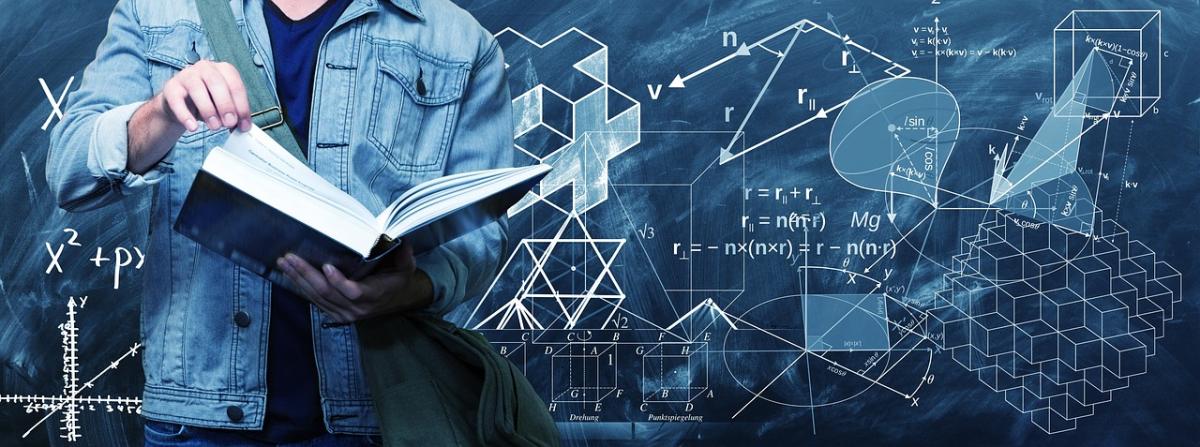
Students will create a community city by applying the concepts of area and perimeter using geometry shapes. This hands-on lesson incorporates the engineering design process and gives students an

In this engaging lesson, students use real-world data to explore criteria for air pollutants. If students continue to the next lesson in this series, they create data-based art to deepen and

Does light have energy? In this lesson, students will engage in a practical experiment to witness how light can induce changes such as heating, altering colors, and setting objects in motion. As
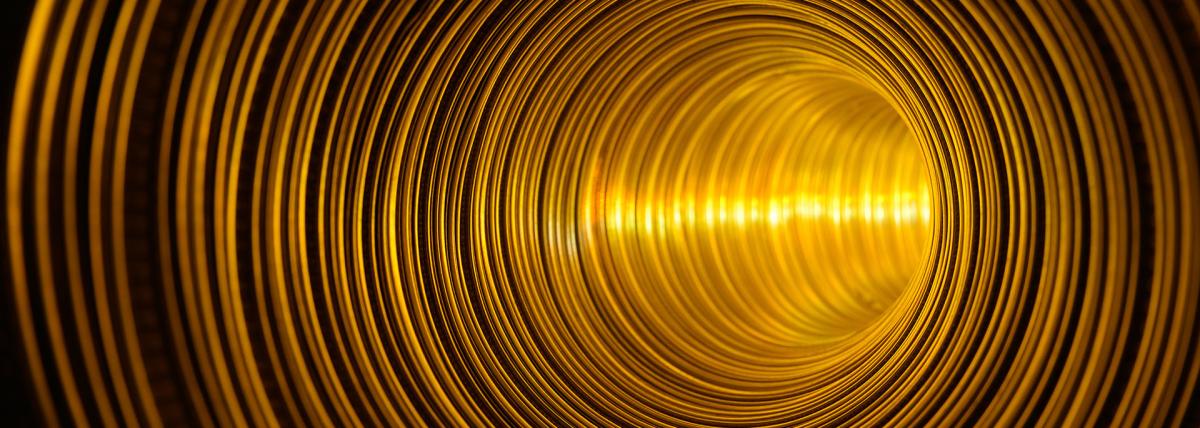
Intro to magnets purpose: students engage in practical experimentation. The primary objective of this lesson is to acquaint students with the concept that magnetic force can either draw objects closer
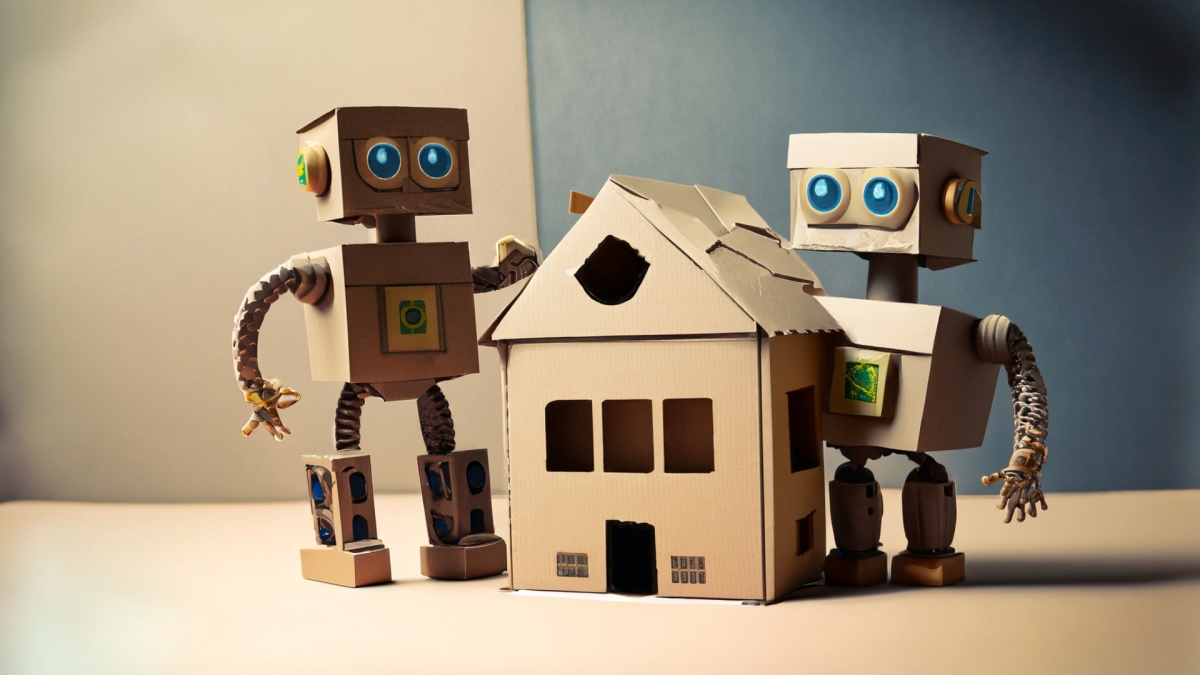
In this creative and engaging lesson, students will listen to the read-aloud, "The Most Magnificent Thing" by A. Spires and complete a STEM challenge. Students engineer a doghouse with moving parts

This lesson is about exploring Arizona's state bird, the cactus wren, that lives in the desert, has special body parts and behaviors that help it survive in its harsh environment. Students will learn
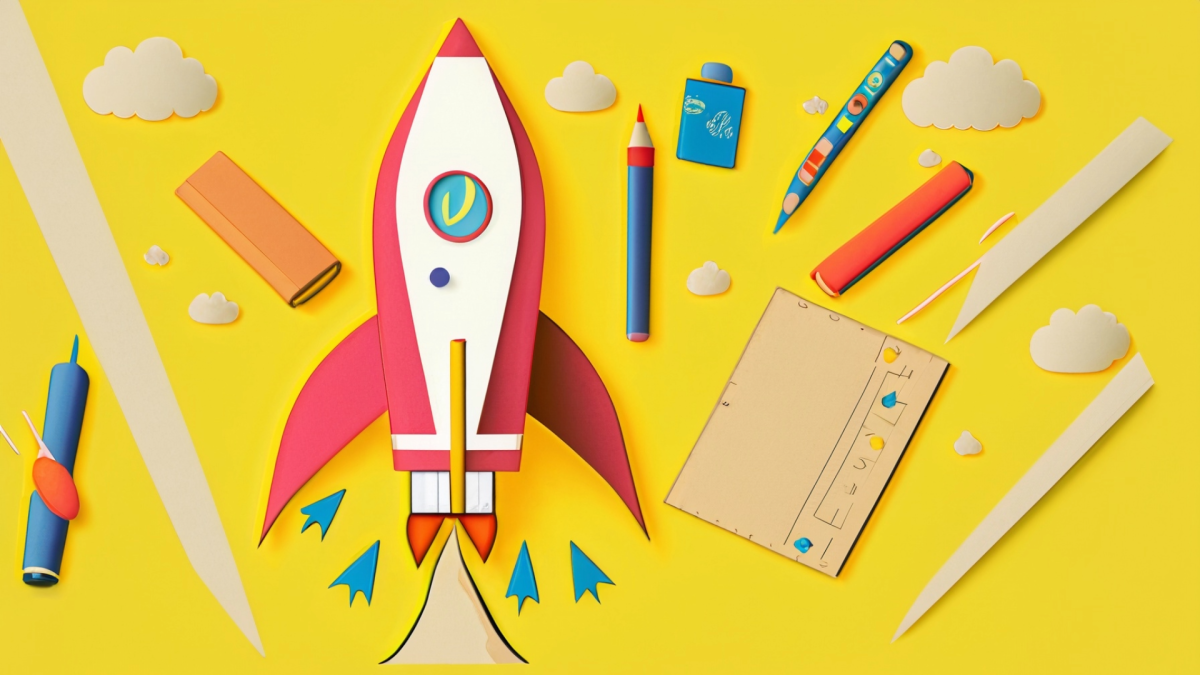
In this lesson, students create paper rockets and measure the distance launched. Students are using the engineering design process and are provided time to modify their design in order to increase the

Students will explore the concepts of sound and rhythm through a STEM-focused lesson plan that integrates science, technology, engineering, and math (STEM) with music. Students will engage in hands-on
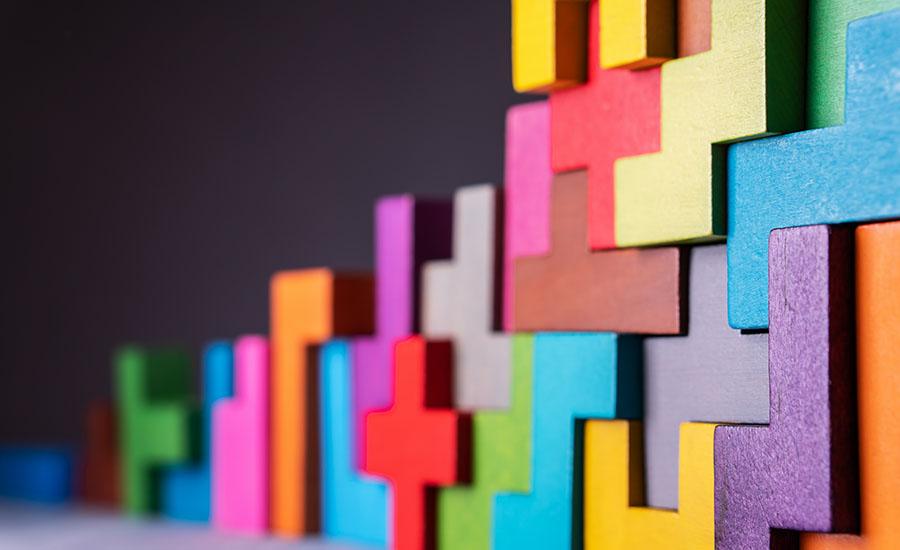
Students will investigate the properties of different types of matter and apply the concept of "P1: Matter" to design, model, and 3D print an object using a MakerBot 3D printer. Hands-On STEM Design
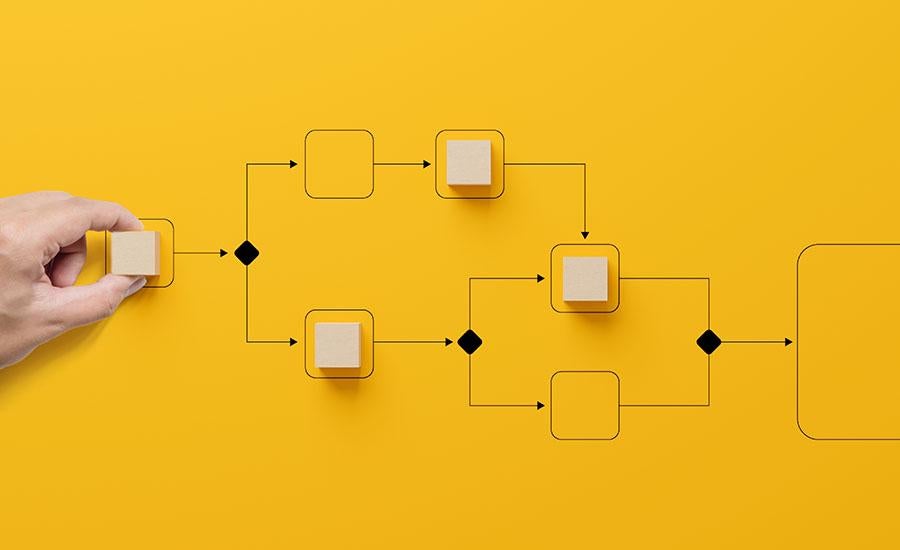
Math Magic through Coding!
In this 2nd grade STEM lesson, students will learn how symbols (directional arrows) can be used to program an object's movements. They will develop an algorithm using a sequential graphic organizer to

In this hands-on engineering and science project, students will become earthquake engineers tasked with designing and constructing earthquake-proof structures using toothpicks and mini marshmallows

In this project, 8th-grade students will engage in hands-on exploration of elastic potential energy and its conversion to kinetic energy using small catapults. Through experimentation and data
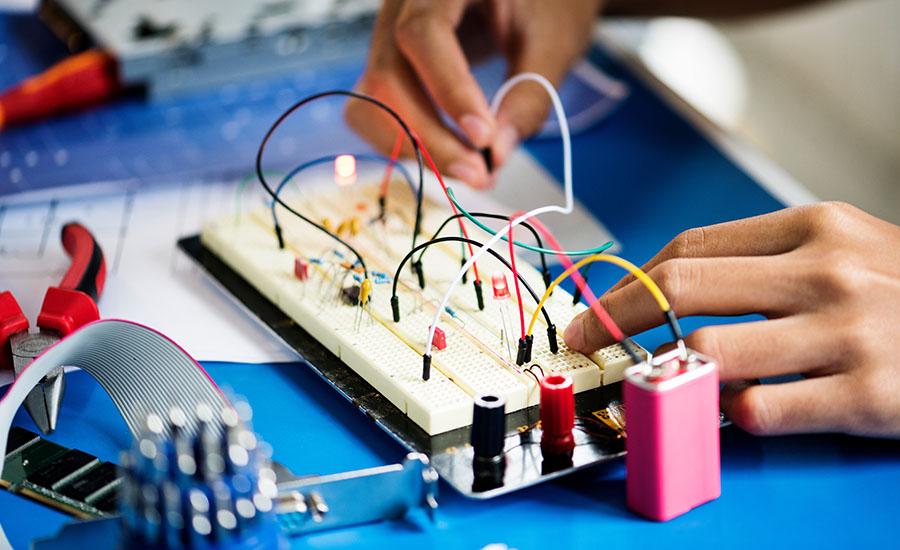
This hands-on lesson helps students understand exponential functions by using an LED circuit. LED luminosity decreases at an exponential rate as more are added in series. As students add more lights
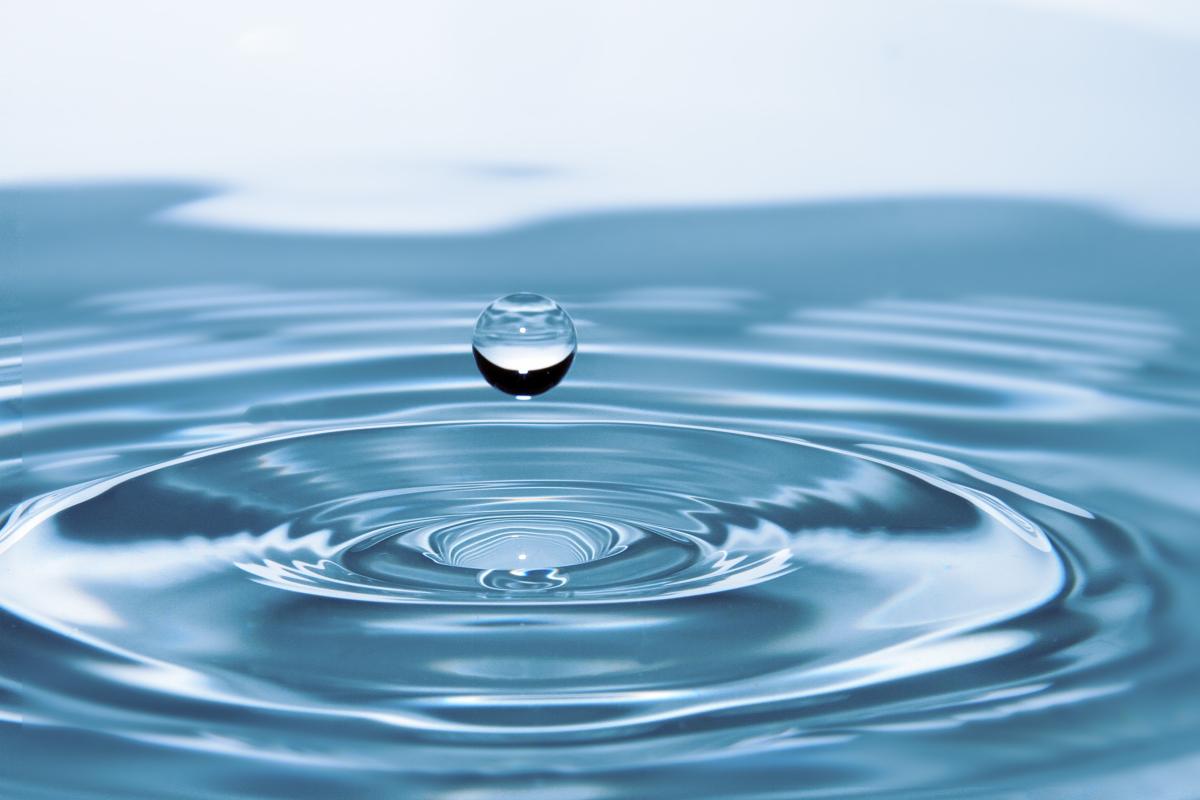
This lesson explores the concept of density. Students will observe a phenomenon involving floating and sinking. They will design their own investigations and they will learn how to use the density

Kill the Dyes
In this lesson students will discover harmful effects and chemical makeups of artificial ingredients, specifically food coloring and red dyes. Students will experiment with and demonstrate capillary

In this lesson designed for 7th grade, students will explore increasing and decreasing magnetic field of electromagnets by changing the iron core, wire gauge, or wire coils to determine which variable
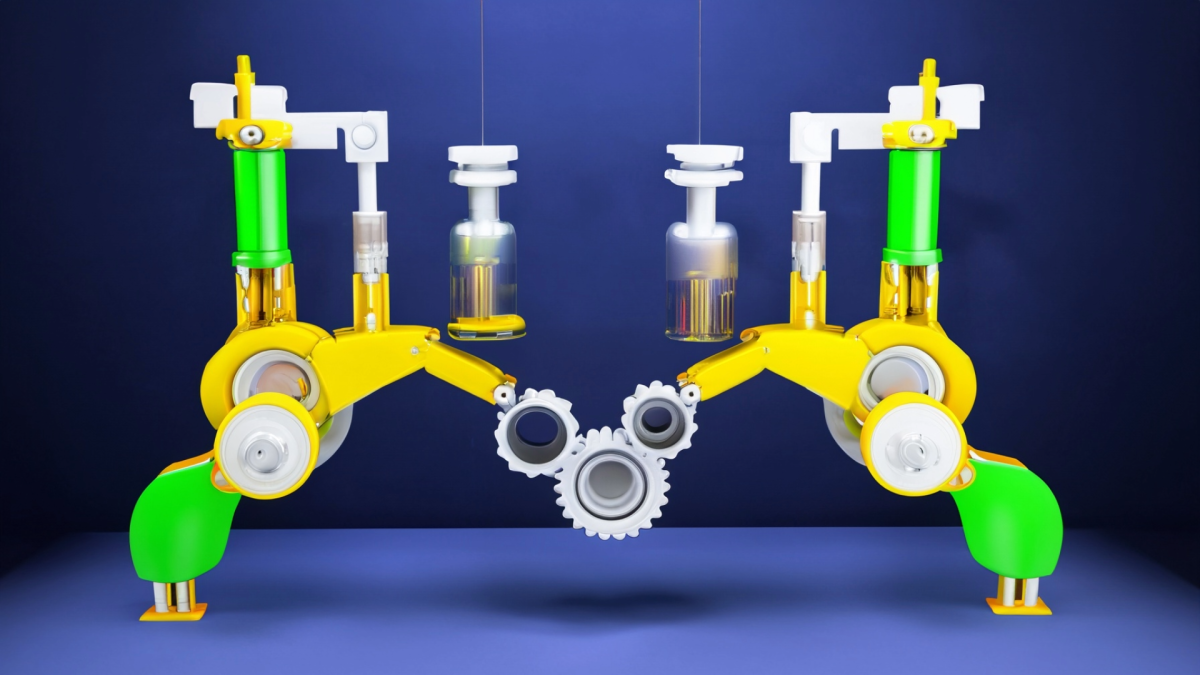
Students will understand the concept of levers as simple machines and will identify and classify everyday objects as levers. Students will apply basic mathematical concepts to measure and compare the

After becoming familiar with the factors that affect lift from the previous Flight Basics lesson and going over key weather concepts from this lesson, students will be expected to make a device to
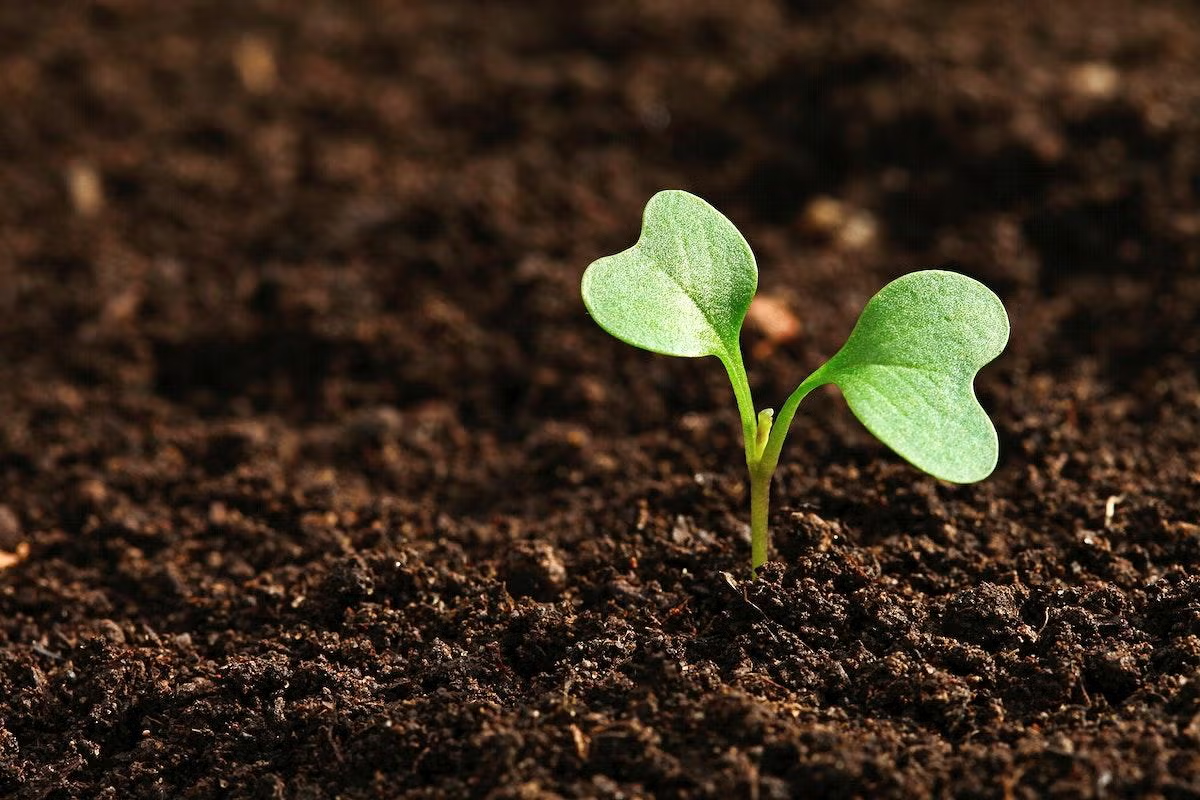
This is the part one of the composting lesson that is aligned to the ELA standards of narrative reading and writing. In this lesson, students build their experiences by preparing the bucket composters

This four lesson unit helps students explore the steps involved in the initial building of a new school: selecting a site based on the boundary and size of the land and then explores light energy and
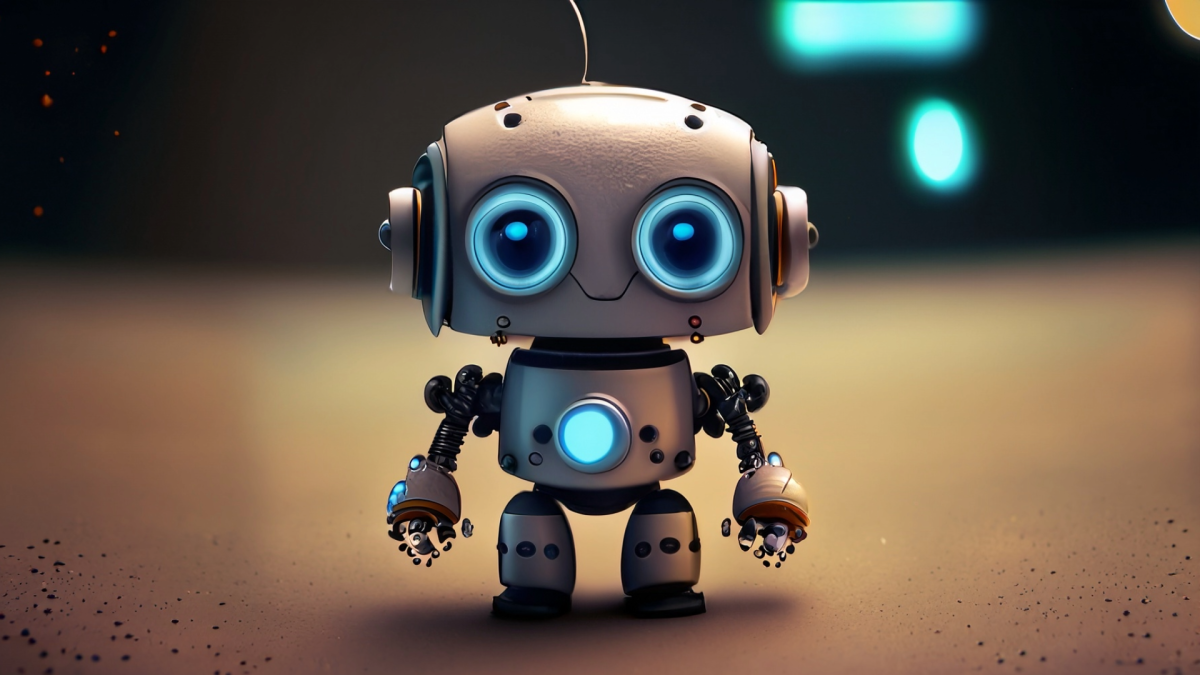
Student learn to code robots using VEXs free VEX VR code.

Upon completion of this lesson, the student should know: • The relationship between Bernoulli's Principle and Newton’s Laws of Motion and how they were used to develop a machine that could fly. • The

Students learn about the chemistry that exists in some of the world's oldest surviving paintings. This lesson is the final part of a 3 part painting series, and focuses on binding agents in paint


